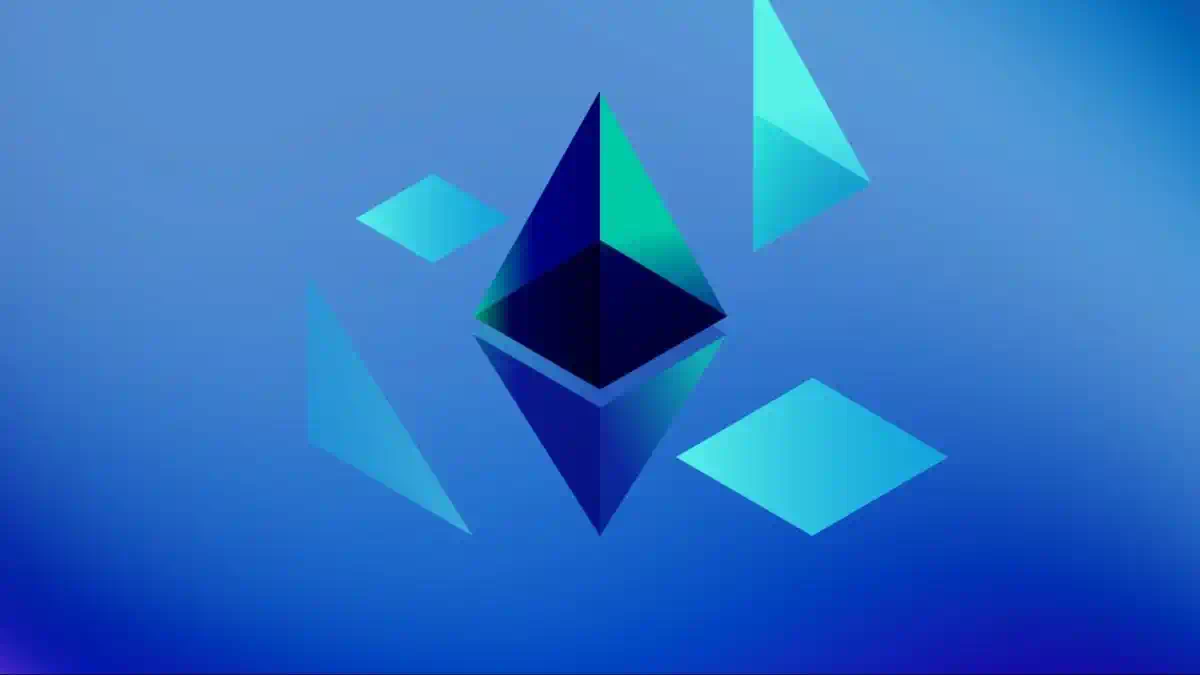An analyst said that the infrastructure limitations of Ethereum are causing users, applications, and capital to migrate to Layer 2 solutions and competing blockchains like Solana.
Another analyst pointed out that the fragmentation of liquidity across Ethereum's Layer 2 networks poses a risk to market efficiency.

An analyst said that as the demand for faster and more scalable solutions continues to grow, the limitations of Ethereum's underlying mainnet infrastructure are driving users, applications, and capital towards Layer 2 solutions and competing blockchains like Solana.
Anmol Singh, co-founder of Zeta Markets, told The Block: "The Layer 2s on Ethereum are due to the underlying infrastructure being insufficient to handle users, transactions, and data, and users and capital are migrating to Layer 2s and other Layer 1s out of necessity."
Qi Zhou, founder of QuarkChain and EthStorage, said that the increasing number of Layer 2 solutions on Ethereum may lead to liquidity fragmentation between different chains, impacting the entire ecosystem.
Zhou told The Block: "Each Layer 2 network, such as Arbitrum, Optimism, and zkSync, has its own independent liquidity pools, leading to fragmentation. Users typically need to bridge assets between Layer 2s, which adds friction and transaction costs. This decentralization will dilute liquidity, making it more difficult to achieve deep liquidity pools within any single ecosystem. With liquidity fragmentation, there is a risk of reduced market efficiency, increased slippage, and higher transaction fees for large trades, which may deter user participation in Layer 2."
However, Zhou pointed out potential solutions that could offset the fragmentation of Ethereum's liquidity.
"Protocols are emerging to provide cross-Layer 2 liquidity, allowing assets to flow seamlessly between Layer 2s and reducing fragmentation," Zhou said.
The founders of QuarkChain and EthStorage stated that solutions like Ethereum-native Layer 2 rollup-to-rollup transfers or shared liquidity hubs could help aggregate liquidity, making it more accessible across Layer 2s.
He said: "As the ecosystem evolves, striking a balance between scalability, liquidity concentration, and user experience is crucial for maximizing the adoption and utility of Ethereum's Layer 2s."
Increased usage of Solana-based platforms
Compared to Ethereum's mainnet issues, Singh highlighted Solana's "monolithic" architecture, which can process transactions and maintain liquidity within a single layer.
"Solana's throughput and low latency enable it to handle core DeFi demands at scale," Singh said. "Solana's Layer 2s (such as Bullet) are specifically built for use cases like derivatives trading, where high throughput and low latency are crucial."
Singh cited data from a16z's October "State of Crypto" report, which showed that Solana has around 100 million active addresses per month, compared to around 57 million on Ethereum and other EVM chains, indicating higher user engagement on Solana. He attributed this growth to the emergence of new applications like pump.fun, new platforms like daos.fun, and a scalable ecosystem that has laid a strong foundation for expansion.
Singh said that Ethereum's total value locked (TVL) has declined significantly in recent months, dropping by nearly $20 billion since early June, while Solana's TVL has risen from $4.8 billion to $6.3 billion during the same period.
"Four out of the top 10 memecoins by market cap - Dogwifhat, Bonk, Popcat, and Mew - have recently originated from Solana, suggesting that there are increasingly more new opportunities emerging on Solana compared to Ethereum," Singh added. He noted that memecoins are driving retail demand this cycle, indicating a broader shift in engagement.
Joshua Lim, CEO of Arbelos Markets, also commented on this trend, noting that Ethereum and Ethereum-related assets are facing stagnation, while investor interest in Bitcoin and Solana is rising.
Lim told The Block: "There is a general apathy towards Ethereum and Ethereum-related assets like MKR." "This has driven capital inflows into Bitcoin, particularly spot ETFs, as well as the enthusiasm for Solana-driven by retail-driven memecoins."
Lim pointed out that the proliferation of Layer 2s and governance tokens on Ethereum is creating inflationary pressures, which may weaken Ethereum's "ultrasound money" appeal. Meanwhile, Solana has emerged as a formidable competitor in DeFi and speculative trading, potentially challenging Ethereum's dominance.
According to recent market data, Bitcoin's dominance has risen to 56%, a level not seen since 2021, while Ethereum's market share has declined to 12.5%, highlighting the shift in major blockchain investors' preferences.







